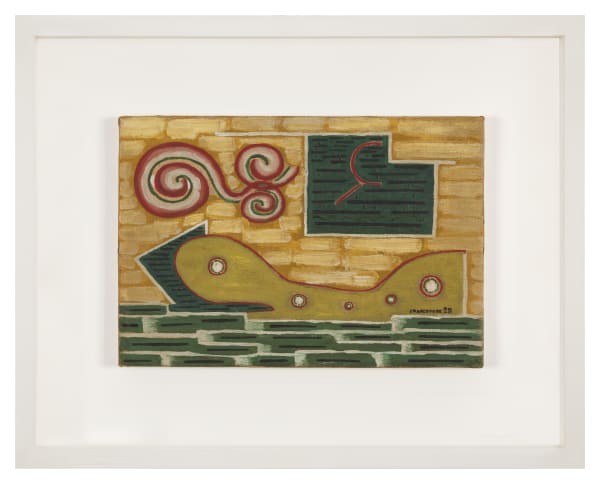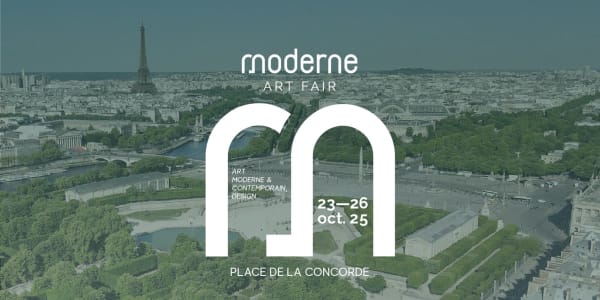Serge Charchoune
Serge Charchoune was a Russian-born painter and poet who became a distinctive voice of the European avant-garde. After leaving Russia for Paris in 1912, he gravitated toward the Dada movement in Zurich and later settled permanently in France, where he developed a career that remained both cosmopolitan and independent.
His painting is notable for moving between abstraction and figuration, marked by rhythmic brushwork, ornamental motifs, and a lyrical sense of structure. Unlike the modernists who pursued pure form, Charchoune sought to imbue abstraction with intimacy and resonance, producing works that feel at once decorative, poetic, and experimental.
Music was a key influence: inspired by Bach, Tchaikovsky, and other composers, he translated musical concepts such as rhythm, counterpoint, and variation into visual terms. Many of his works function almost like painted scores, unfolding in time as much as in space. Today, Charchoune is recognized as a singular figure who wove together image, word, and sound into a body of work both subtle and enduring.
-

Gesture, texture and colour
Abstractions of the Second School of Paris 14 Nov - 19 Dec 2025In the aftermath of the Second World War, as Paris sought to reassert its place on the international artistic stage, a generation of artists embarked on a profound redefinition of...Read more -

Moderne Art Fair
22 - 26 Oct 2025STAND 116B et 114B An exhibition with Huguette Arthur Bertrand ; Geneviève Asse ; Jean-Michel Atlan ; Roger Bissière ; Camille Bryen ; Louis Cane ; Serge Charchoune ; Olivier...Read more -

Défense du petit format
9 Sep - 11 Oct 2025The term small format refers to a work of reduced dimensions, generally smaller than what is considered “standard” in art. From a technical standpoint, it designates a format under 30...Read more







